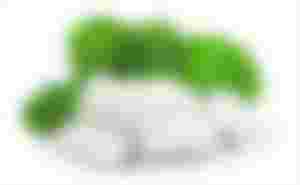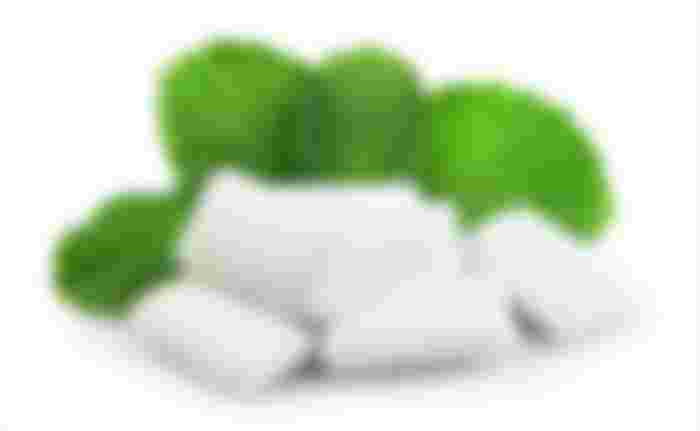Several thousand years ago, people chewed chewing gum in its natural form. Today, chewing gum is unavoidable at all times, most often for the sake of refreshing the breath. The chewing gum variation has been used by ancient civilizations and cultures around the world. It is believed that the earliest evidence of chewing from the mosque dates back to the Neolithic period.

People have used it for pleasure, healing properties or to fight hunger, thirst and bad breath, as evidenced by various documents. Thus, for example, the ancient Greeks enjoyed chewing resin from a reed tree, the Aztecs in chicory (milk resin of the evergreen tree sapodile) which is still used today in making chewing gum and other products, while various other civilizations used substances made from different types of plants and resins.

In addition to the ancient Greeks and Mayans, chewing gum can be traced to various civilizations around the world, including Eskimos, South Americans, Chinese, and Indians from South Asia. The modernization and commercialization of this product mainly took place in the United States. American Indians chewed resins made from spruce juice. In 1848, American John B. Curtis picked up this practice and made and sold the first commercial rubber tire called the State of Maine Pure Spruce Gum.
Two years later, Curtis began selling flavored paraffin gums, which became more popular than spruce gum.
Although John B. Curtis is reputed to be the modern inventor of chewing gum, after him, Thomas Adams realized that chewing gum, made from natural latex, lasts longer and tastes better. Adams improved Curtis' invention and in 1871 patented a machine for producing chewing gum. By 1888, Adams' chewing gum, known as Tutti Frutti, had become the first chewing gum to be sold in vending machines.
Since then, many types and flavors of chewing gum have changed. The first chewing gum, for making bubbles, was introduced in 1933. The first sugar-free chewing gum appeared in the 1940s and today, this type of chewing gum makes up 10 percent of total sales.
Chewing gums are produced from gum bases, sweeteners, softeners and thickeners, flavorings, colorants and preservatives.
The chewing gum production process begins with melting and purifying the gum base. The molten base is poured into a stirrer, and all the ingredients are mixed slowly.

The resulting mass has the shape of a "large loaf", which then passes through rollers that roll the mass into thin, wide strips. After each rolling, the mass becomes thinner.
After rolling, the chewing gums are cut into the shape provided for each chewing gum. The sliced chewing gum is transferred to the space where it is cooled.

When they cool, the chewing gums break into pieces. The pieces are sent to the dryer, where a crunchy wrapper forms around the center of the chewing gum. Pieces of chewing gum bounce in the drum, in which they are sprayed with a mixture of filtered water syrup, sweetener and colorant. With this combination of throwing and spraying, a crust is created around the soft part of the chewing gum.




An interesting history of chewing gum and production technology. I avoid chewing gum because of my teeth.